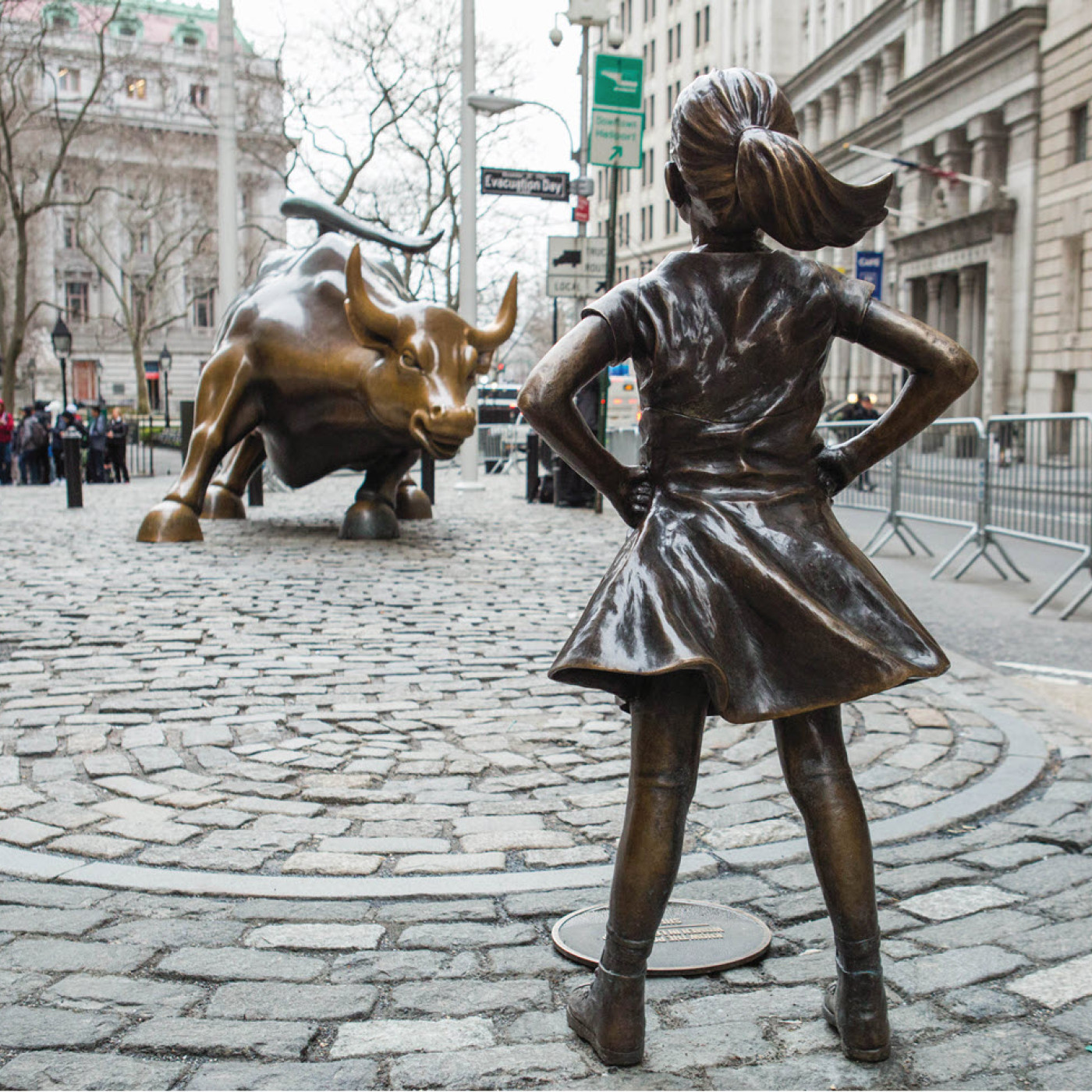Clear Conscience How To Focus on the Blur of Copyright Infringement

Copyright — the right to make copies of one’s own artwork — has been protected by federal law for more than 200 years. Yet it remains a moving target.
When is one person’s artwork, which is based on someone else’s, different enough not to be an infringement? Is the similarity a fair use, and can the potentially infringing artwork become a transformative use of copyrighted material so it can now earn copyright protection?
An amendment to copyright law, the Visual Artists Rights Act, only adds more debate club questions to the issue of what the overall law protects and permits. Is artwork that is not a painting, sculpture, or graphic and photographic print covered by the law? Is site-specific protected? Who decides if alterations to an artwork are injurious to an artist’s reputation?
Recent disputes reveal challenges artists face as they look to protect their rights, real and perceived. In 2014, artist Richard Prince used screenshots of images taken by photographers on Instagram — a Donald Graham picture of a Rastafarian man with long dreadlocks smoking a marijuana cigarette and Eric McNatt’s photograph of Sonic Youth band member Kim Gordon.
Prince enlarged and ink-jetted them onto large canvases, cropped the McNatt picture, and added comments to both, which exhibited at Manhattan’s Gagosian Gallery that year. “Portrait of Rastajay92” sold for $40,000, while “Kim Gordon I” brought $90,000.
Both photographers brought lawsuits against Prince for copyright infringement. Graham’s lawsuit was in late 2015, while McNatt’s was in the fall of 2016.
The artist denied the charges, claiming his treatment of their images were examples of fair use, which are exceptions to the federal copyright law. In his response to the McNatt lawsuit, Prince said his “purpose was not to merely reproduce the image present in each of the ‘New Portraits;’ rather, it was to satirize and provide commentary on the manner in which people today communicate, present themselves, and relate to one another through social media.”
More than eight years and various court filings and rulings later, the two separate cases are going to trial this year, both in Manhattan. Artists who use copyrighted imagery in their own work, as well as the courts increasingly called upon to rule on what is fair use and what is infringement, will be keenly interested in the outcomes.
